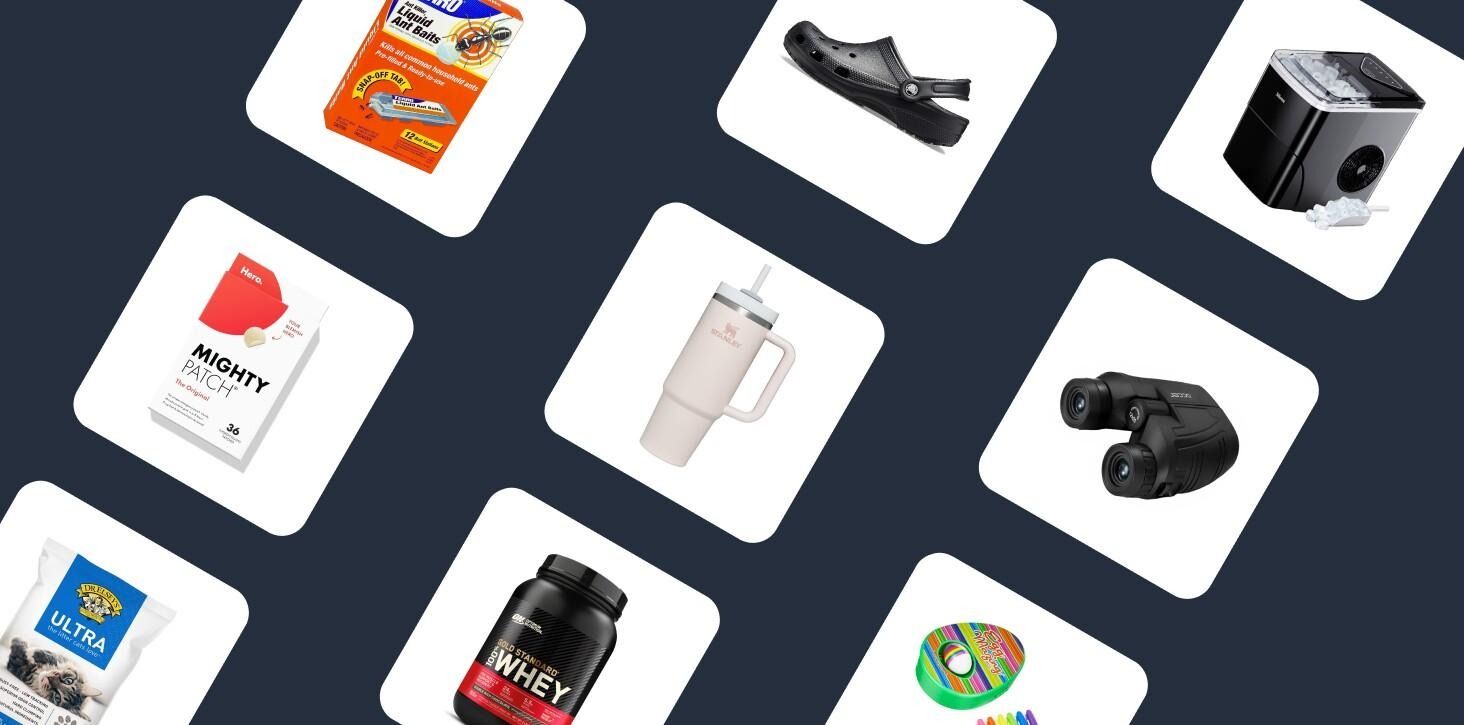

Are Amazon’s best-selling tech products really worth the hype? Let’s learn more about this topic below with Slice Master as we explore popular gadgets and their value. From smart home devices to cutting-edge electronics, we’ll dive deep into the world of top-rated tech on Amazon.
Amazon’s Best-Sellers list is a dynamic ranking of products updated hourly. It reflects current sales trends and customer preferences. The list covers various categories, including electronics and tech gadgets.
Popularity doesn’t always equate to quality or value. Some products may rise to the top due to aggressive marketing or temporary price drops. It’s essential to look beyond the rankings when making purchasing decisions.
The Slice Master approach involves carefully examining each product’s features, user reviews, and long-term performance. This method helps consumers make informed choices based on more than just sales figures.
Let’s examine some of the most popular tech items on Amazon’s Best-Sellers list. We’ll consider their features, user feedback, and overall value for money. Remember, these rankings can change quickly, but the products often remain popular.
Smart speakers like Amazon Echo and Google Nest Hub consistently top the charts. These devices offer voice control for various home functions and serve as entertainment hubs. The Slice Master analysis reveals high user satisfaction rates.
Smart plugs and light bulbs are also bestsellers. They allow users to control their home’s lighting and appliances remotely. While convenient, some users report connectivity issues with certain brands.
Video doorbells, such as Ring and Arlo, have gained popularity for enhancing home security. They offer peace of mind but may require a subscription for full functionality. The Slice Master approach suggests weighing the ongoing costs against the benefits.
Wireless earbuds, particularly those from well-known brands, frequently appear on the Best-Sellers list. They offer convenience and improved sound quality. However, cheaper alternatives may provide similar features at a lower price point.
Power banks are essential for many tech-savvy consumers. Top-selling models often boast high capacities and fast charging capabilities. The Slice Master method emphasizes checking for safety certifications and real-world performance reviews.
Fitness trackers and smartwatches continue to be popular. They offer health monitoring and smartphone integration. When considering these devices, it’s crucial to assess battery life and compatibility with your existing tech ecosystem.
Laptop stands and ergonomic accessories frequently make the Best-Sellers list. These products cater to the growing work-from-home trend. While often inexpensive, their impact on comfort and productivity can be significant.
External hard drives and SSDs are perennial bestsellers. They offer expanded storage and backup solutions. The Slice Master approach recommends comparing read/write speeds and reliability ratings when choosing between models.
Webcams have seen a surge in popularity due to increased video conferencing. Top-selling models offer HD video and built-in microphones. However, some budget-friendly options may provide adequate quality for most users.
When evaluating popular tech products on Amazon, several factors should be considered. The Slice Master method emphasizes a holistic approach to assessing a product’s true value and suitability for your needs.
A higher price doesn’t always guarantee better performance. Some best-selling tech products offer excellent value for money, while others may be overpriced. Compare specifications and real-world performance across different price points.
Consider the long-term costs associated with a product. This includes potential subscription fees, replacement parts, or necessary accessories. A lower upfront cost might be offset by higher ongoing expenses.
Look for sales and discounts, but be wary of impulse purchases. Some products frequently go on sale, so patience can lead to significant savings. The Slice Master approach involves tracking prices over time to identify the best deals.
Amazon’s user reviews can provide valuable insights into a product’s real-world performance. Look beyond the overall rating and read detailed reviews from verified purchasers. Pay attention to both positive and negative feedback.
Be cautious of products with an unusually high number of five-star reviews, especially if they’re posted within a short timeframe. This could indicate manipulated ratings. The Slice Master method involves looking for balanced, detailed reviews.
Consider the specific use cases mentioned in reviews. A product that works well for one user might not suit your needs. Look for reviewers with similar requirements or usage patterns to your own.
Well-known brands often dominate Amazon’s Best-Sellers list. While brand recognition can indicate quality, it’s not a guarantee. Research the brand’s reputation for reliability and customer service.
Check the warranty and return policy for each product. Some brands offer more comprehensive coverage or easier return processes. This can be particularly important for expensive or complex tech items.
Look into the availability of customer support and troubleshooting resources. Brands with robust support systems can make owning and using their products much easier, especially for tech-heavy items.
The Slice Master method for evaluating Amazon’s best-selling tech products involves a comprehensive analysis. By considering multiple factors, you can make more informed purchasing decisions and avoid buyer’s remorse.
Start by clearly defining your needs and budget. This will help you focus on products that truly meet your requirements, rather than being swayed by flashy features you may never use.
Research thoroughly before making a purchase. Compare similar products across different brands and price points. Use professional review sites in addition to Amazon’s user reviews for a more balanced perspective.
Consider the product’s lifecycle and potential for future updates or upgrades. Some tech items may become obsolete quickly, while others offer longevity through software updates or modular design.
Don’t overlook less popular alternatives to best-selling products. Sometimes, a less well-known brand can offer similar or better features at a more competitive price point.
Take advantage of Amazon’s comparison tools and “Frequently Bought Together” suggestions. These can help you discover complementary products or better alternatives you might have overlooked.
Read the product description carefully, paying attention to specifications and compatibility requirements. Ensure the product will work with your existing devices and meet your specific needs.
Check for any recurring costs associated with the product, such as subscription fees or necessary accessories. Factor these into your decision-making process to avoid unexpected expenses later.
Look into the environmental impact of the product. Some tech items are more eco-friendly in terms of materials used or energy efficiency. This can be an important consideration for environmentally conscious consumers.
Consider the ease of setup and use. Some high-tech products may offer advanced features but require complex setup procedures. Assess whether you’re comfortable with the level of technical knowledge required.
Don’t rush your decision. Add items to your wishlist and monitor them for price changes. Sometimes, waiting for a sale or new model release can result in significant savings or improved features.
Utilize Amazon’s Q&A section for each product. Here, you can find answers to specific questions from other customers or ask your own queries about the product’s features or compatibility.
Be wary of products with unusually low prices, especially for tech items. If a deal seems too good to be true, it might indicate counterfeit or substandard products. Stick to reputable sellers and authorized resellers.
Consider the product’s size and form factor, especially for portable devices or items that will be prominently displayed in your home. Ensure it fits your space and aesthetic preferences.
Examine the product’s energy efficiency ratings, if applicable. This can impact both your electricity bill and the device’s environmental footprint. Look for Energy Star certifications or similar standards.
Check for any known issues or common complaints about the product. Even popular items may have recurring problems that could affect your user experience. The Slice Master approach involves thorough research to uncover potential drawbacks.
Consider the product’s compatibility with future technologies. Some tech items may become obsolete quickly if they don’t support emerging standards or protocols.